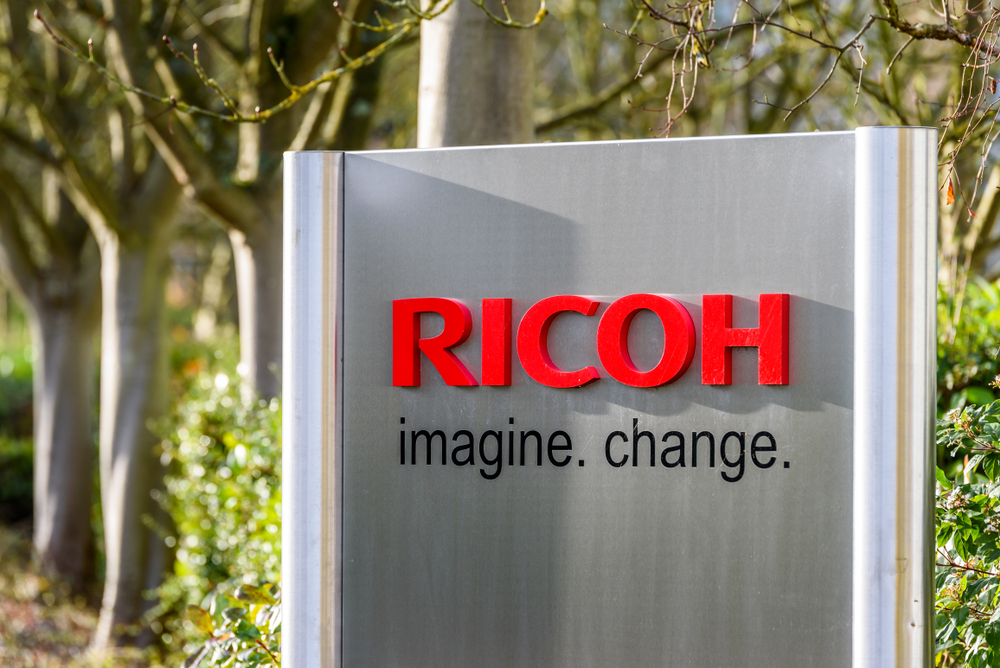Ricoh Group has successfully implemented Juniper Networks’ high-performing solutions to modernize and simplify the operations of its core networking and security infrastructure that supports approximately 500 locations and 34,000 users in Japan.
Ricoh Group has several partner companies and branches utilizing the same network. Coupled with the increase in cloud deployments, this led to more operational complexities and a lack of scalability over time. As such, a high-performance network was required to support the rising demand for increased bandwidth and to alleviate Ricoh’s existing network issues while simplifying operations across three particular areas:
- Internet connectivity: Due to the increase in network usage, speed slowed significantly and cloud applications could not function at their optimal level. The network had to be managed and operated separately across various locations, leading to increased operational expenses.
- Wide Area Network (WAN): As Ricoh’s WAN services were managed externally through multiple service providers, its customers’ requests were not processed quickly enough, leading to delays in response rates. Due to this, streamlining and maintaining consistency of network functions across the entire organization remained a challenge.
- Local Area Network (LAN): With the growing demand for access to data centers and the internet, there was a drop in overall speed and connection. To mitigate, Ricoh’s service providers had to troubleshoot issues individually, resulting in management inefficiencies and added costs in coordinating multiple investigations across different locations.
To resolve these challenges, Ricoh set out to reconfigure its entire network infrastructure based on a carefully developed framework that involved the simplicity of network configuration across multiple locations, automation capabilities to reduce operational complexities and operability that aligned with industry standards. After a stringent selection process, Ricoh selected Juniper Networks to undertake the modernization of its network infrastructure.
Juniper’s MX480 5G Universal Routing Platform, SRX5800 Services Gateway, EX9214 Ethernet Switch and the data center fabric switch QFX5100 were deployed to address the various network issues while significantly improving operability, stability and security across the Ricoh Group’s network.
At the core, the MX480 provides the agile infrastructure, pervasive security components and adaptive disaggregated software that offers the strong programmability required by the solution. Investment protection is also secured with the newly-released Juniper Penta silicon-powered MPC-10E line cards, which provides high-interface density at 1/10/100GbE, enabling 1.5 Tbps throughput per slot and inline data-plane security, eliminating complexity without any performance penalties.
Alongside the implementation of the SRX5800 firewall, Ricoh was able to streamline its network connectivity and secure its network infrastructure through advanced threat detection and prevention. The organization also deployed Junos OS to further automate and simplify its network operations.
To optimize LAN connectivity in approximately 500 locations, Ricoh centralized the group’s network operations across its large-scale branches by utilizing the QFX and EX series switches leveraging Virtual Chassis technology, cutting its infrastructure footprint by 50 percent and energy consumption by 33 percent.
Additionally, with Junos OS being a common operating system, Ricoh was able to reduce its operational workloads through the unified configuration of network devices.
In the next phase of deployment, Ricoh aims to further implement the SRX series to unify, enhance and automate its security strategy through Juniper’s Software-Defined Secure Network (SDSN) framework.




